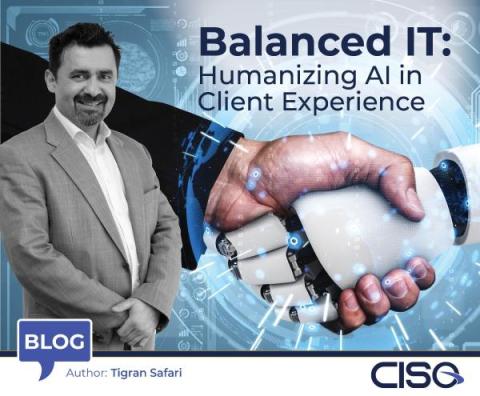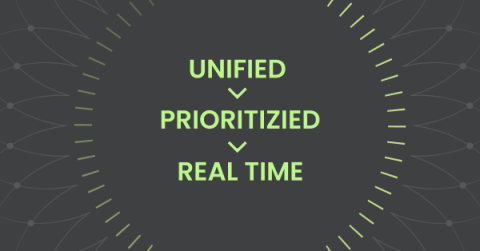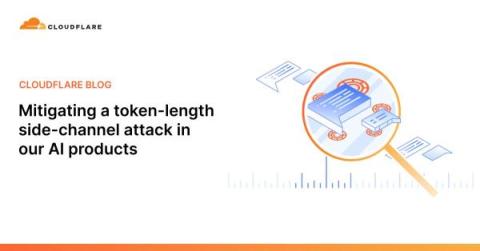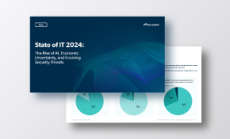Securing the Internet of Things: Penetration testing's role in IoT device security
The world is witnessing a remarkable transformation as more devices become interconnected, forming what’s known as the Internet of Things (IoT). From smart refrigerators and thermostats to wearable fitness trackers and home security systems, IoT devices have seamlessly integrated into our daily lives. These innovative gadgets promise convenience, automation and improved efficiency.











